Coffee dictionary coffee beans Coffee Beans
What are coffee beans?
What is Coffee Bean?
Answer:
Coffee beans = coffee fruit or coffee raw beans or coffee ripe beans
The popular understanding of coffee beans = coffee cooked beans
But in fact, the concept of coffee beans is a mistake, there is no "beans".
# Baidu Encyclopedia entry: beans
Beans mainly refer to the seeds or pods of legumes.
Leguminosae is a botanical definition. And how should coffee be classified in botany?
At this time we are going to have a little junior high school biology, to recite with teacher Leon!
Genera and species of the family Cephalidae
Plant kingdom Plantae-Kingdom
Angiosperm phylum Angeosperma-Phylum
Chrysanthemum class Asteridae-Class
Gentian Gentianales-Order
Rubiaceae Rubiace-Family
Coffee genus Coffea-Genus
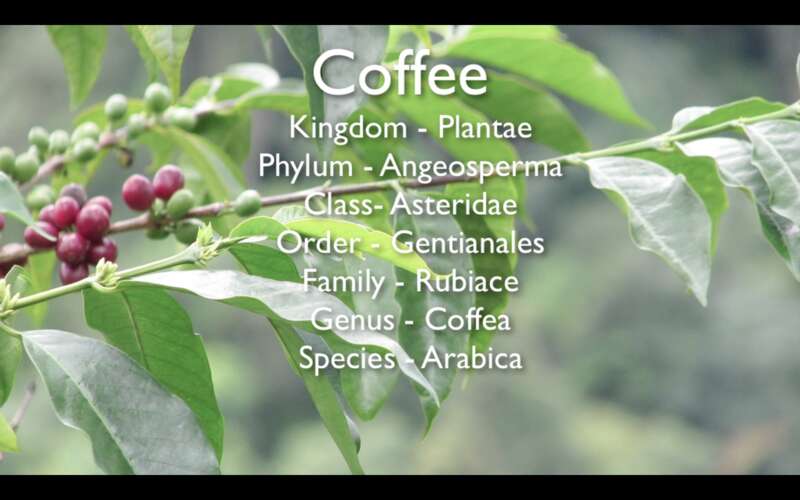
I underlined the level of "section". Please open your nostrils and have a look. Which branch of coffee is it?
Anyway, don't tell me it's legumes.
So since it is not a bean, what is the "bean" of coffee? That's the seed of the coffee plant! Leon knows to explain zhuang bi from a botanical point of view, so we analyze the problem from the perspective of coffee itself.
Coffee fruits → coffee seeds → coffee raw beans
Fruit → Seed → Raw bean
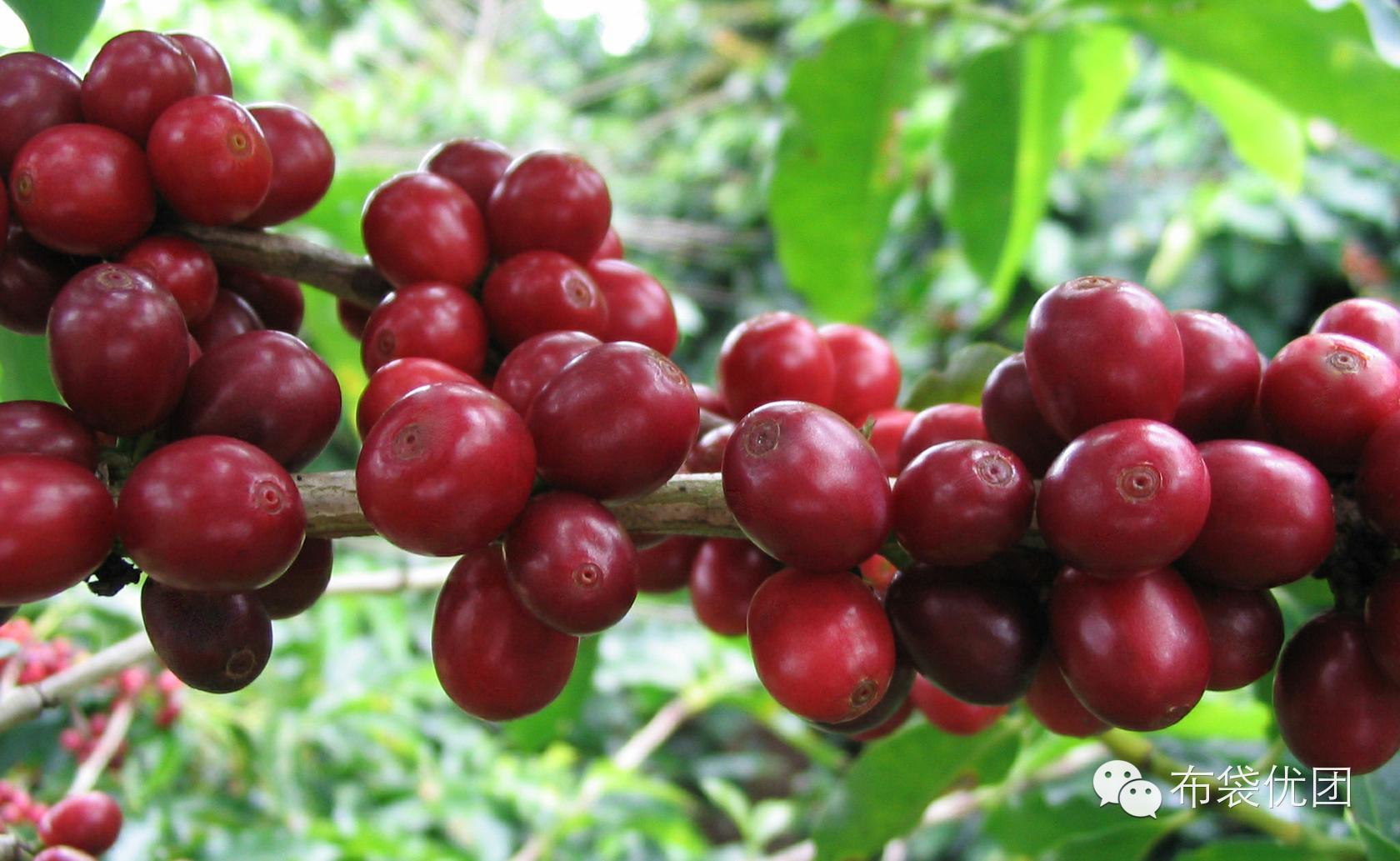
This is a branch of a mature coffee tree. The red ones above are coffee fruits, which foreigners call Coffee Fruit/Coffee Cherry. This is the fruit of coffee as a plant, just like the apple of an apple tree.
Then let's see what's in the coffee fruit.
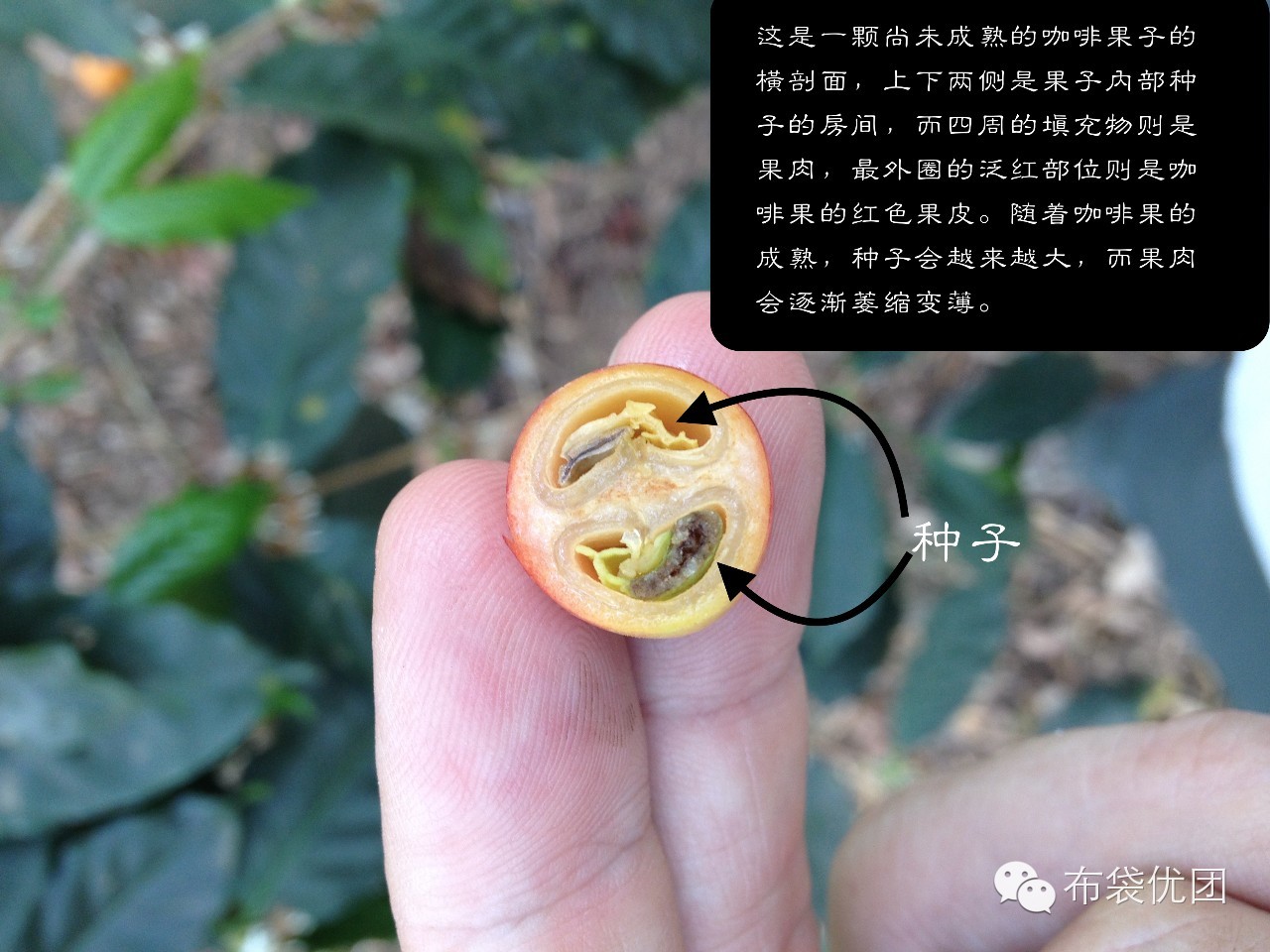
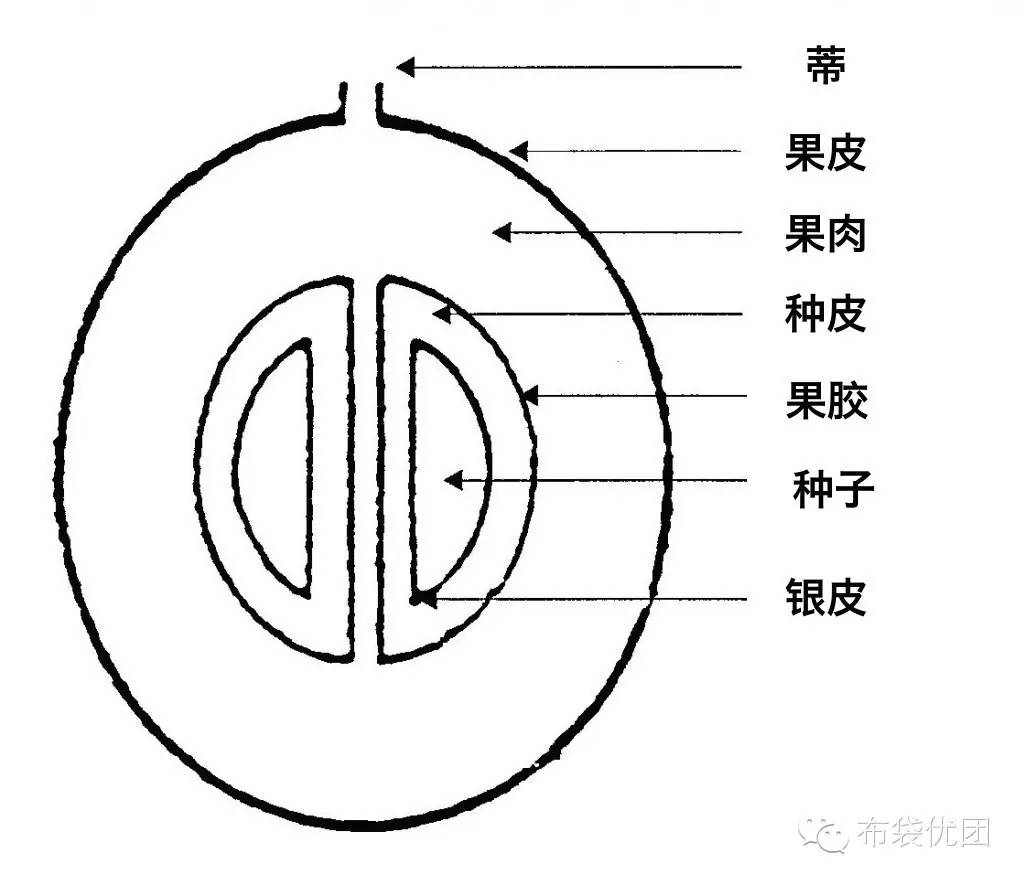
What we know as "coffee beans" is actually the removal of seeds from the seed coat and silver coat.
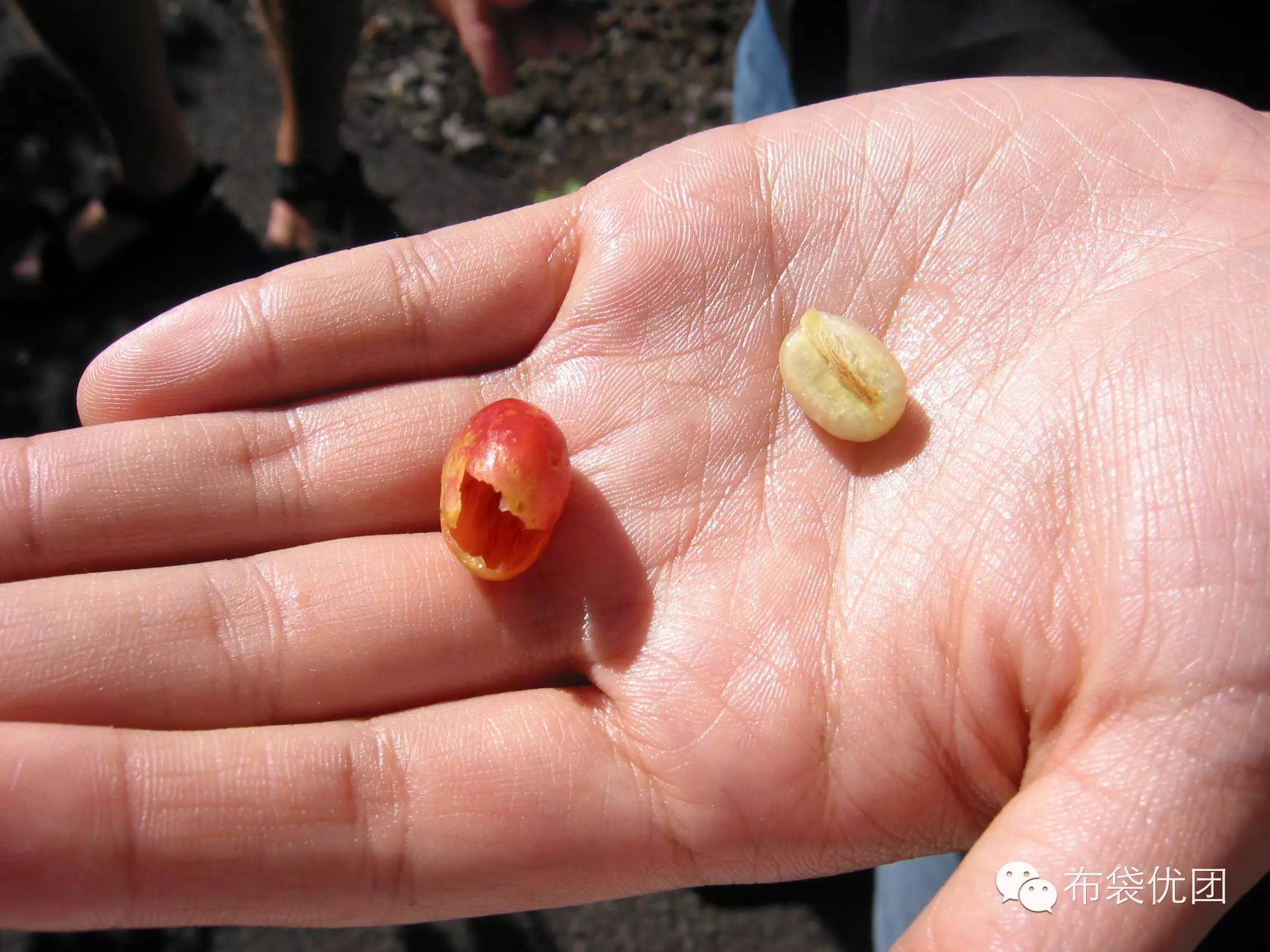
In other words, if I have a coffee fruit in my hand, how can he turn it into two raw coffee beans?
First peel off the pericarp, then scrape off the thin flesh, then press the seed coat open, and then scrape off the silver skin.
Junior high school biology knowledge
Just now when we introduced the botanical classification of coffee, we mentioned that coffee belongs to the phylum angiosperm. So what does the angiosperm phylum mean? To put it simply, the outside of the seed is covered with a layer of pulp and peel. There are many common angiosperms, such as peaches, pears, apples and watermelons.
The typical contrast to the angiosperm phylum is the seed plant phylum, whose seed-coat system is exposed, such as rice, wheat and corn.
And of course, as an angiosperm, coffee has pulp, but its pulp layer is very thin, so people eat not its pulp, but seeds, and because its seeds are too much like a bean, so the misconception of "coffee beans" spread.
When it comes to the internal structure of coffee, I like to compare peaches with angiosperms.
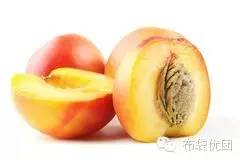
Think of the coffee fruit as a small peach. We just want the core in the peach, and we don't want the rest of it.
So, again, coffee beans are not "beans", they are the seeds of coffee as a plant.
Raw beans & cooked beans
Raw/Roasted?
Even if it is explained above, people will still have questions.
"is this coffee bean still wrong?"
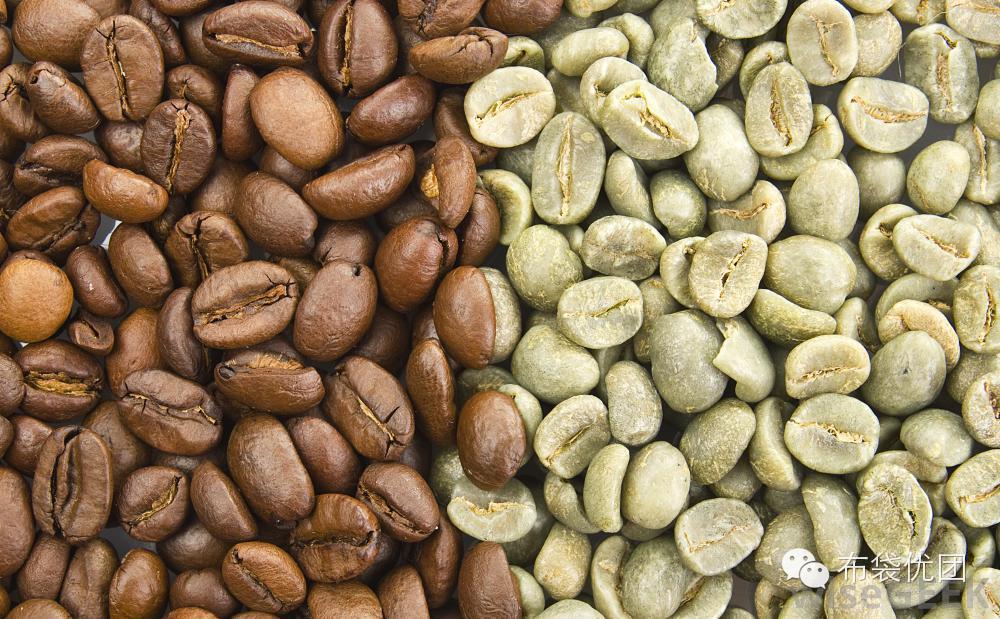
The one on the right is raw coffee beans, which are unheated.
Coffee cooked beans = coffee raw beans + roaster + 10 minutes + calories.
Baking
Coffee raw beans → coffee ripe beans
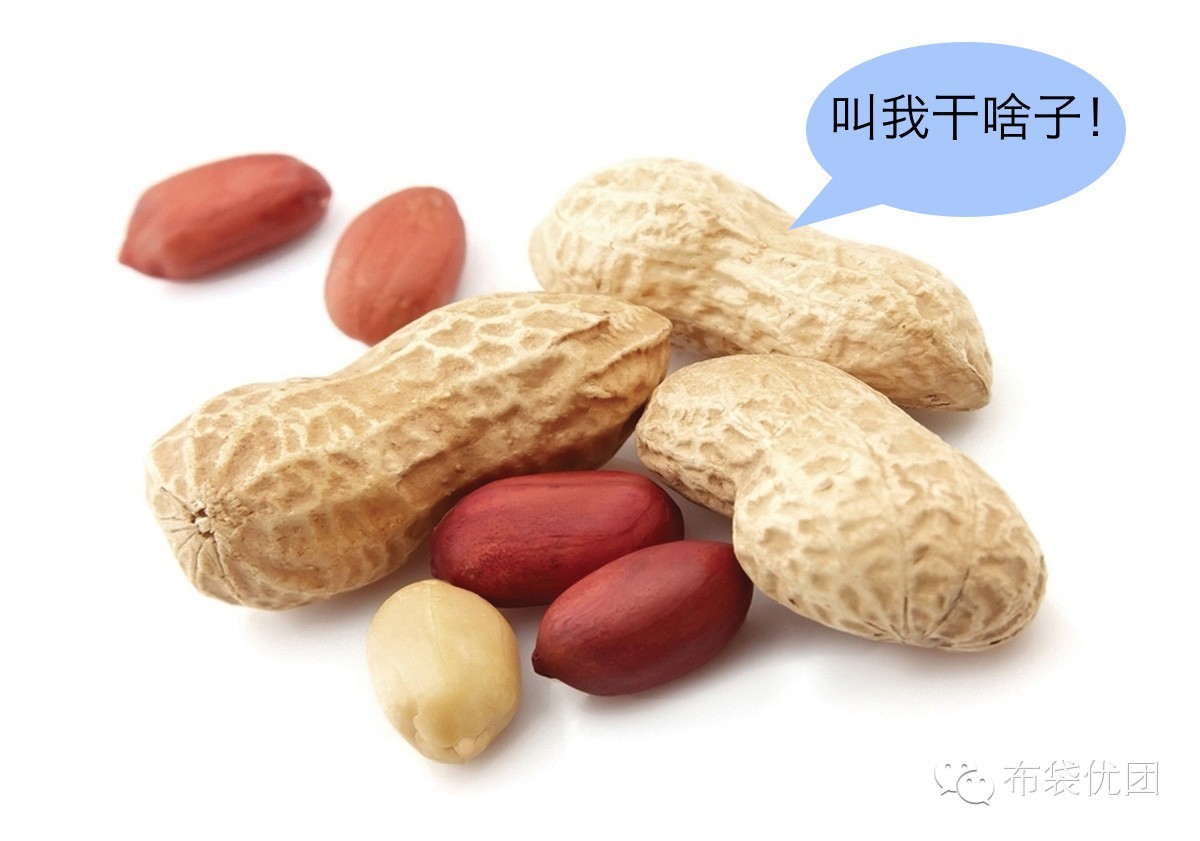
Chinese food is broad and profound, and Chinese people also like to eat a kind of peanut food, Fried Peanuts
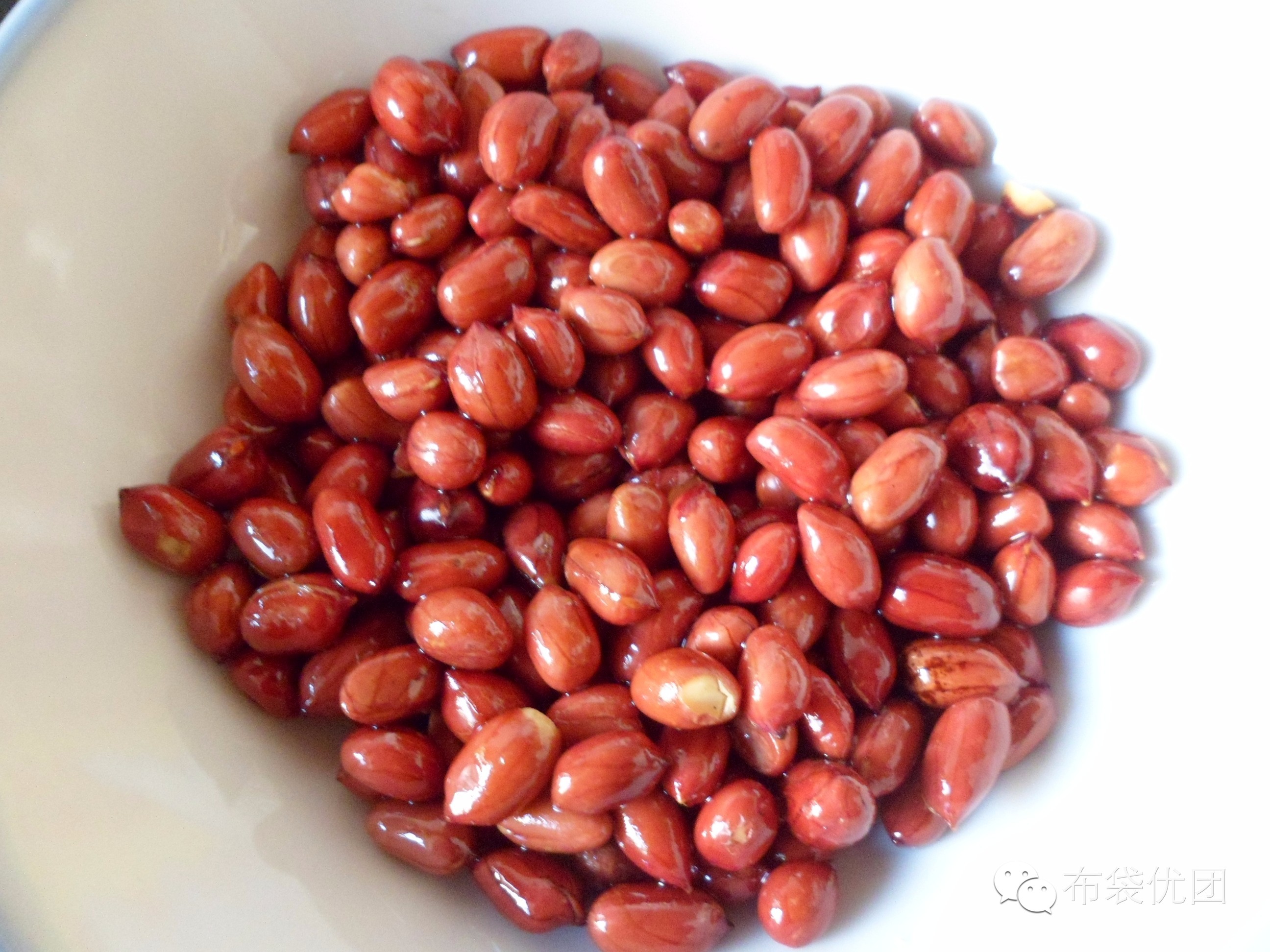
This is well-fried peanuts (a little too greasy), so what happens if you fry it in the pan a little longer?
Will it become more and more familiar?
Will it get more and more scorched?
Is it getting darker and darker?
Roasting coffee is one reason. To put it rudely, coffee roasting is heating coffee beans, so fried peanuts is not heating peanuts? If you stir-fry the raw beans for a little longer, the color of the cooked beans will be darker and darker, and the frying time will be shorter, and the color of the cooked beans will be lighter. Of course, it's like peanuts, you can't stir-fry the coffee beans too deep, and you have to stir-fry the coffee beans in different producing areas and different water contents. The roasting of coffee is a great knowledge.
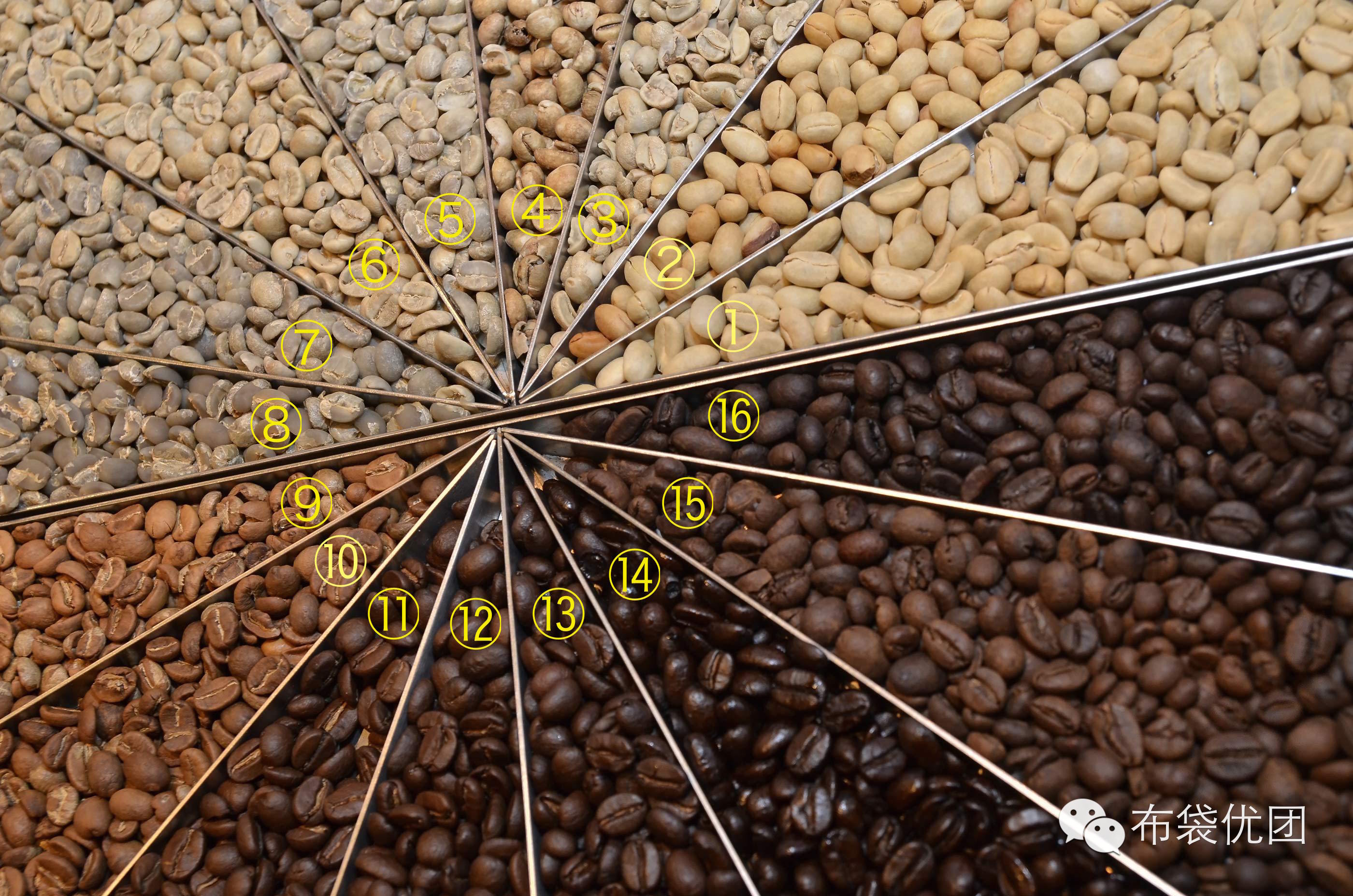
* enter the baking phase from ⑦. ① ~ ⑥ does not belong to baking.
So please remember! The popular understanding of "coffee beans" is actually coffee cooked beans, because the ones you see most must be cooked beans! @ Starbucks

In fact, even the definition of the word "coffee bean" is wrong, but if everyone is catchy, there is no need to be so serious. However, if people want to know it and why, just paste it!
Wait a minute...
It's not over!
Coffee variety
Varieties/Cultivars
Many people may have overlooked the fact that there are different kinds of coffee. Of course, I mean "botanical species". Just like the rice that Grandpa Yuan Longping studies every day, his main direction is rice hybridization and optimization. In terms of crop variety hybridization, he has the following purposes:
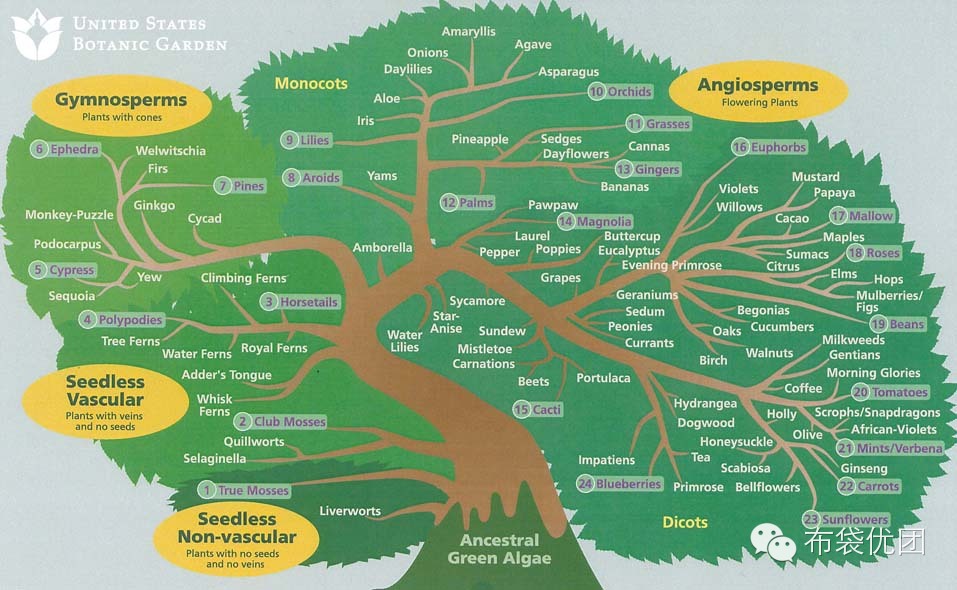
Output
Resistance to damage
Taste
Deal with different characters in different environments (for example, it is best to plant dwarf stems in windy places)
Coffee, there are variants.
Moreover, coffee has a very complex variant system.
Review the contents of today's coffee dictionary again.
Genera and species of the family Cephalidae
It's not over!
Genus and species of the family Diptera: → var. → subvariety
The English of the variant Variety/Varieties appears very frequently in coffee science. The "change" of the variety here does not refer to the ambiguity such as "mutation", but only exists as a biological classification under the "species". Please don't think too much about it.
If in the wine world, grape varieties such as Merlot Merlot and Cabernet Sauvignon Cabernet Sauvignon can greatly affect the taste of wine to some extent, so is coffee.
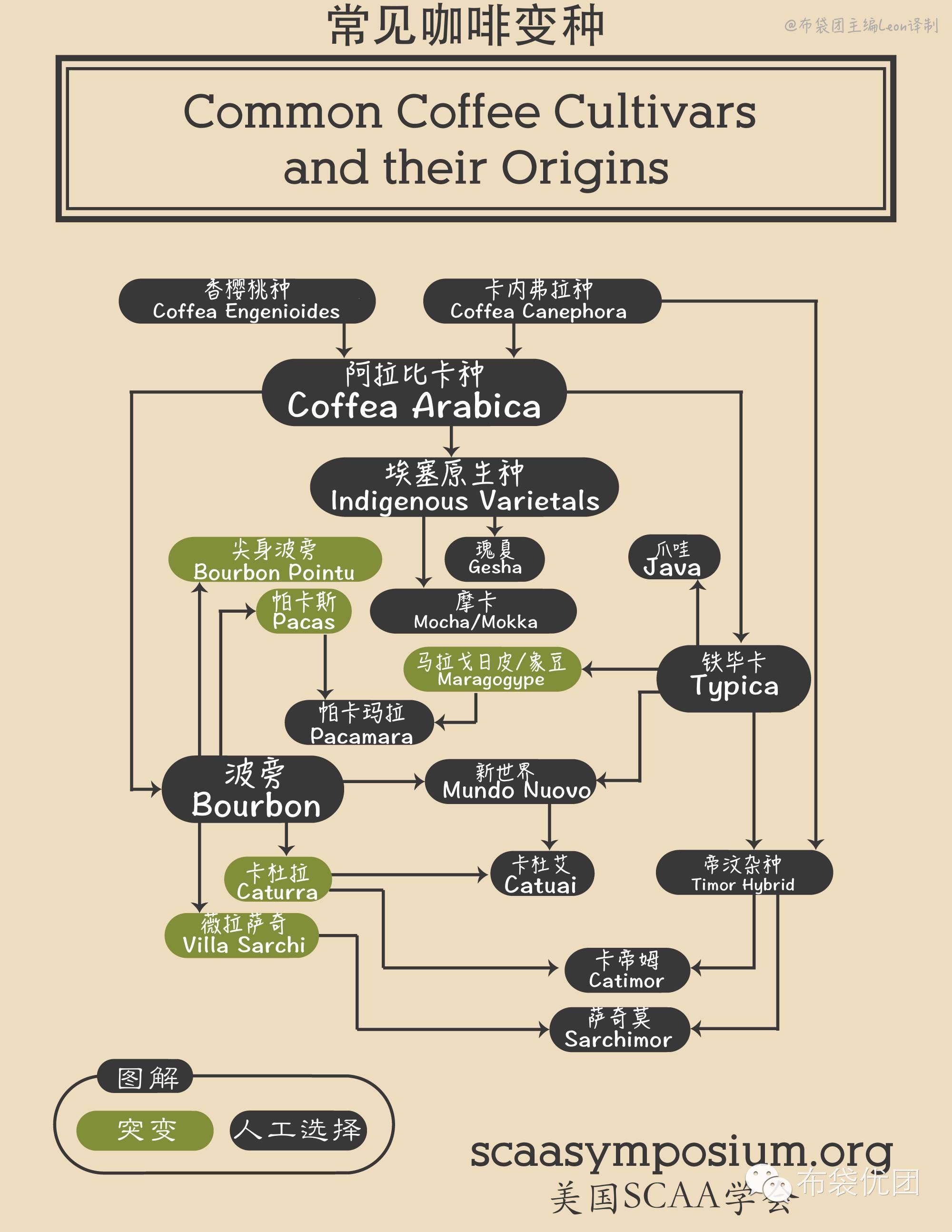
{Arabica Arabica}-this is a general word, and it is also a special bean seed in the world of boutique coffee. At that time, Europeans mistakenly thought that coffee came from the Arabian Peninsula, so they called it Arabian coffee. If you call your coffee an Arabica coffee, Leon will say you are "more professional" or "pretending to fail". @ KFC

{Tibica Typica}-is a variety, belonging to the Arabica species. Typica is taken from Latin to mean "typical, classic". This is probably the first typical coffee variety in the world. The first dozen raw coffee beans smuggled out of Ethiopia that year were Tibika. From that moment on, Tibika embarked on its road of hegemony. In just two words, it is "delicious", and the flavor you can find in other varieties of Arabica coffee is likely to be found in Tibika. However, its biggest disadvantage is poor resistance and extremely low yield, which is a nightmare for coffee farmers. So except for those coffee farmers who can connect with the boutique coffee consumption areas, most of the remaining coffee farmers do not have the courage to grow Tibica variants, even if it is really delicious.
Tibika is the "first echelon" of boutique coffee varieties, and its general characteristic is sweetness in overall balance.
By the way, the bean seed of "Blue Mountain Coffee Blue Mountain" that was once popular in the north and south of the country is the renamed Tiebika.
{bourbon Bourbon/French Mission}-is a mutant / subvariety Mutation/Sub-Variety of Tibika, belonging to Tibika.
The Tiebika plant that was smuggled out that year was given by the Dutch to Louis XIV, the French sun king. The French had never seen a coffee plant, and they were surprised at the bones of the Tiebika plant, so they specially planted it in a greenhouse and named it "The Noble Tree, rich and handsome in the tree." This greenhouse became the most important transit station in the history of coffee transmission, and the coffee here later went to South America and southern Africa.
The French also had colonies at that time. In southeastern Madagascar, there was a small island in the Indian Ocean called Bourbon Island (now known as Reunion Reunion). The French felt that the place had plenty of sun and elevation, so they transplanted "rich and handsome trees" to this island.
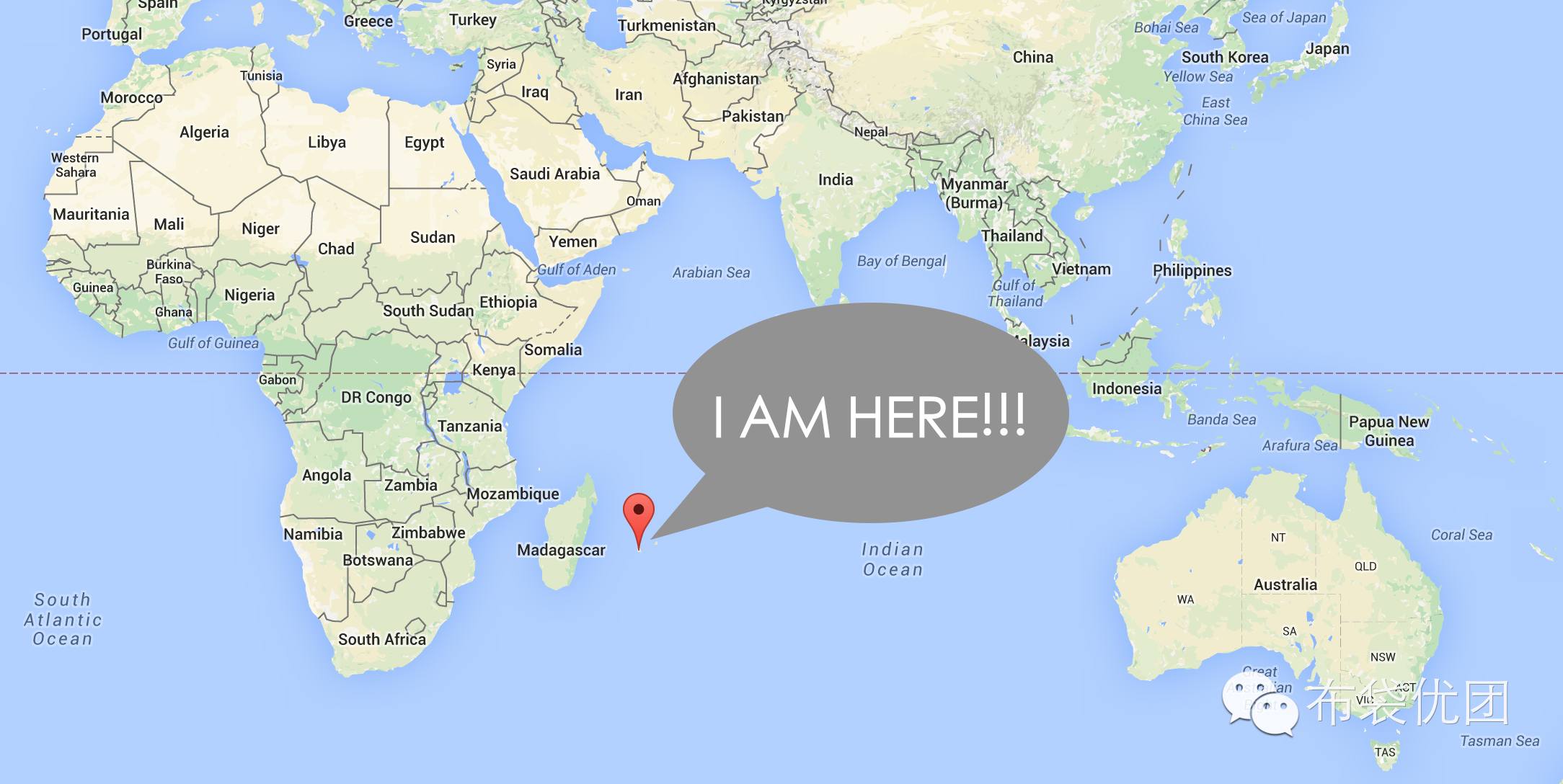
Then, maybe it is because of soil and water, or maybe it has never been exposed to the sun on the equator, the Tiebika species planted here has mutated, the plant character has completely changed, the leaves are bright green (Tiebika is brown green), and the branches grow thicker, which makes the yield of bourbon by 20% and 30% higher than that of Tibica (although the yield is too low compared with the current new variety), which is a boon for farmers. So in the 19th century, bourbon was rampant in various coffee-producing countries, especially the small countries in Central America, where many varieties of bourbon coffee still come from.
And another English name for bourbon is French Mission,a.k.a "French missionary species". It comes from the fact that the brigade of French missionaries brought the bourbon seed back to East Africa for cultivation, and the local people called the bourbon species the French missionary species.
Bourbon is the "first echelon" of boutique coffee varieties, sour and sweet, balanced, slightly thin taste, top varieties.
{Kaddura Caturra}-the Kaddura variety is a mutant of the bourbon variety Mutation. Born in a bourbon coffee field in Brazil, there is a small town near the field called Caturra, hence its name. So how did bourbon suddenly become Kaddura?
The flavor evaluation of Kaddura is not much different from that of bourbon, except that the optimum altitude of Kaddura (800m) is slightly lower than that of bourbon variety (1200m). The higher the plant, the better the flavor, but the yield will be greatly reduced.
Kaddura is the "second echelon" in the world of boutique coffee, with more acidity than bourbon, not as balanced as bourbon, but more smooth than bourbon.
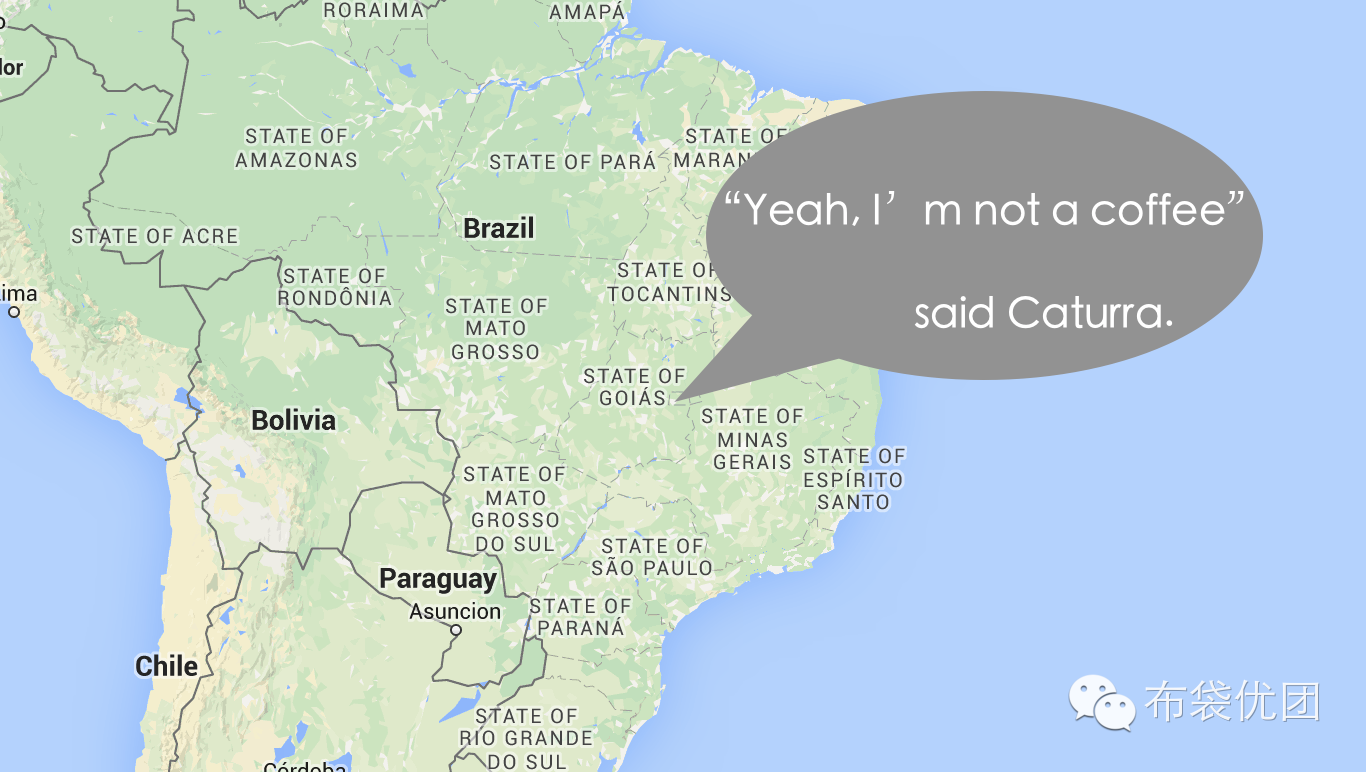
In the coffee gene of bourbon, there is a piece of genetic information that governs the internode spacing of coffee plants.
The only difference between Kaddura and Bourbon in the genetic spectrum is the gene that governs the internode spacing. This makes Kaddura's Internode spacing smaller, so the coffee plants are thicker and shorter. This increases the yield of coffee plants in the average area, and the low plants make it easier for coffee farmers to pick and increase yields.
If you like the coffee variant mentioned by teacher Leon, please forward it to your friends. If you like teacher Leon, please forward it to your sister qwq.

This picture cloth bag will be released as a welfare someday in the future, in addition, the cloth bag plans to make a coffee variety diagram, please pay more attention!
Want to learn more about coffee? Long press the following QR code to follow us, we are the coffee industry conscience whose name is the least like coffee players ~ our coffee dry goods are the best in China!
Important Notice :
前街咖啡 FrontStreet Coffee has moved to new addredd:
FrontStreet Coffee Address: 315,Donghua East Road,GuangZhou
Tel:020 38364473
- Prev
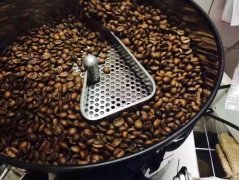
Maintain coffee beans how to maintain freshly roasted coffee beans?
Isn't it best to enjoy coffee beans in time after roasting? How many days is the best time to enjoy coffee beans? On this issue, the benevolent see benevolence, the wise see wisdom. Coffee beans will be exhaust after roasting, that is, the volume of raw coffee beans will expand when roasted, and the expansion space in the coffee beans retains carbon dioxide. Over time, the carbon dioxide will gradually break away from the coffee.
- Next

What's the difference between red, black, green, illy coffee beans?
What is the difference between illy coffee beans with red lid, black lid and green lid? the roasting degree of red lid is different. Red lid is medium-roasted coffee beans with a light bitterness and a heavier sour taste than black ones. The black lid is deep baked beans, focusing on the scorched taste. People who like bitter taste can.
Related
- Guji coffee producing area of Guji, Ethiopia: Humbela, Shakiso, Wulaga
- What is the most expensive variety of Qiloso in BOP multi-variety group?
- How to store the coffee beans bought home?
- Why are Yemeni coffee beans so rare now?
- Ethiopian Sidamo all Red Fruit Sun Sun Santa Vini Coffee beans
- SOE is mostly sour? What does it mean? Is it a single bean? what's the difference between it and Italian blending?
- Is Italian coffee beans suitable for making hand-brewed coffee?
- How to choose coffee beans when making cold coffee? What kind of coffee beans are suitable for making cold coffee?
- Just entered the pit to make coffee, what kind of coffee beans should be chosen?
- Can only Japan buy real Blue Mountain Coffee? What are authentic Jamaican Blue Mountain coffee beans?

